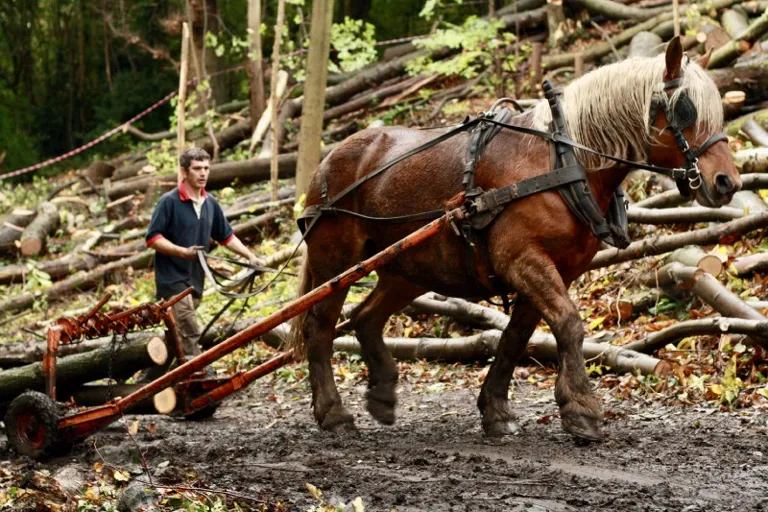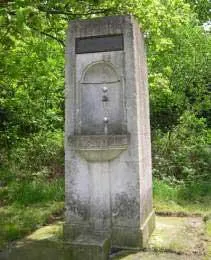Spring Park heritage
Originally part of the historic Wickham Court Estate, Spring Park is a small fragment of a forest that used to extend across much of what is now the town of West Wickham. Centuries of growing and extracting timber products from the woodland at Spring Park have heavily influenced the appearance of the site, shaping it to how you see it today.
The landscape of Spring Park is thought to have changed very little since the 14th century. On a 1485 map of field names, an extensive area of the site was referred to as "Newe Parke". The meadow which still stands in the same place nowadays is referred to on the same map as "west fielde," suggesting that it was unwooded even then and probably grazed with livestock. Despite the relatively unchanged landscape, there are many heritage features which you can find whilst exploring Spring Park.
Heritage features
A map dated 1632 shows the present woodland area with tree symbols and refers to it as "Spring Park" in place of the name Newe Parke. This name is probably derived from the spring line that runs the length of the wood. Head into the woodland behind the wildlife pond and see for yourself the various wet channels which roll downwards from its source in the forest.
The southwest boundary of Spring Park coincides with the old Kent - Surrey county boundary along which a line of (originally pollarded) small-leaved lime trees occur. You can see a distinct bank and ditch along the entire length of this old boundary. A smaller wood bank also lies along the south-eastern boundary of the woodland separating it from the meadow.
There is a Portland stone drinking fountain near Woodland Way inscribed in commemoration of Margaret Anderson McAndrew who lived at Wickham House from 1881-1925. The impressive limestone structure is on Bromley Council’s Local List of buildings to be protected. Portland stone has been used for centuries in the some of the most famous buildings around the world including the United Nations in New York, St Paul's Cathedral, Buckingham Palace and the original London Bridge.
The age old practice of coppicing is still used at Spring Park. Once done for the extraction of timber for fuel or livestock fodder, the practice of cutting trees low to the ground is carried out for the benefit of wildlife today.
Whilst chainsaws have evolved to be the common way of coppicing, the old fashioned use of logging horses for timber extraction remains highly relevant in the sensitive conservation management of ancient woods like Spring Park.

